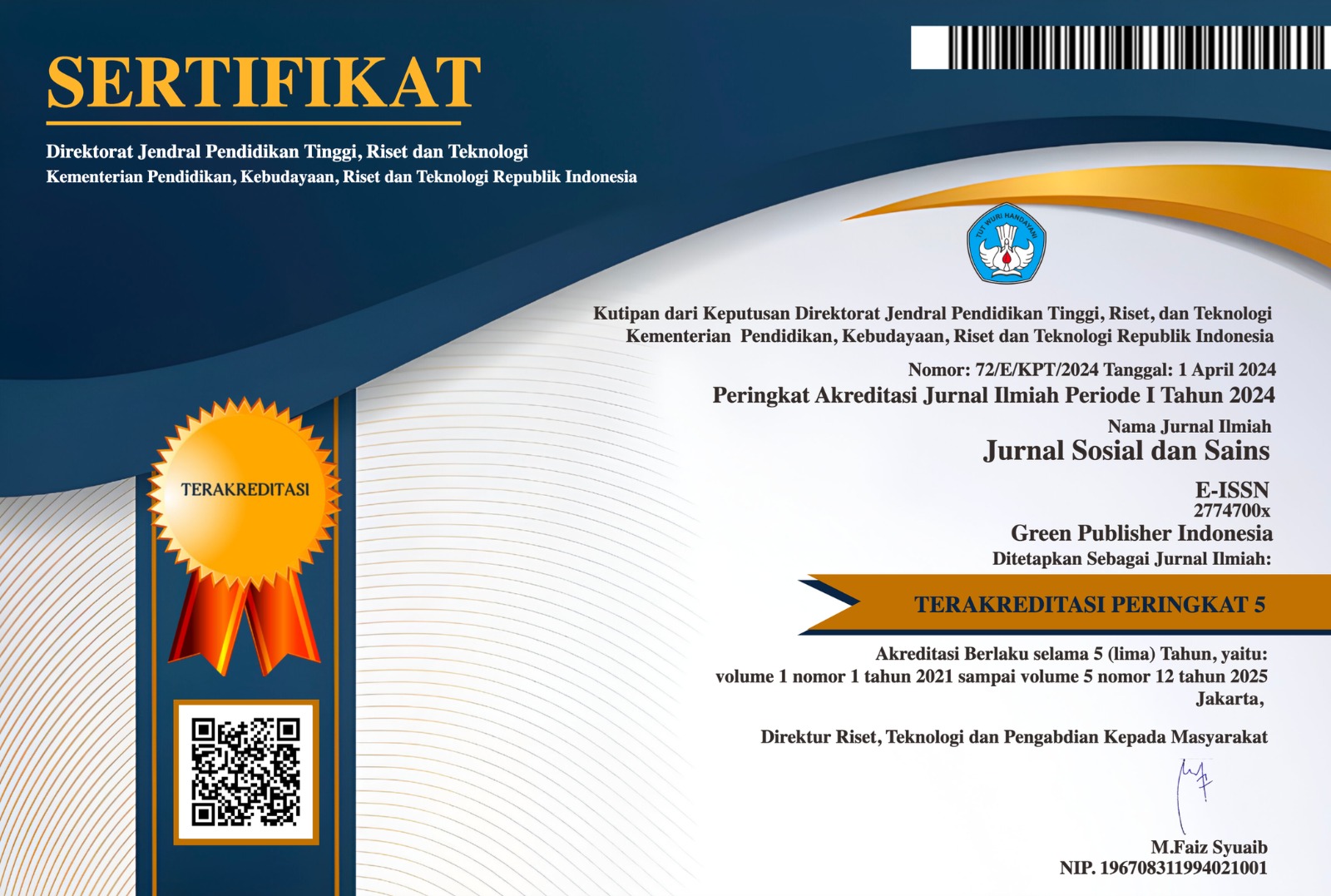Extranodal Non-Hodgkin Lymphoma of Sinonasal Cavities
DOI:
https://doi.org/10.59188/jurnalsosains.v5i9.32467Keywords:
non-Hodgkin lymphoma, sinonasal, DLBCL, epistaxisAbstract
Sinonasal non-Hodgkin lymphoma (NHL) is a rare extranodal malignancy, comprising only 0.2-2% of all NHL cases. The disease predominantly affects males in the fifth to seventh decades of life, with diffuse large B-cell lymphoma (DLBCL) being the most dominant subtype. Clinical manifestations are often non-specific, including unilateral nasal obstruction, epistaxis, and constitutional symptoms such as weight loss, posing challenges for early diagnosis. Definitive diagnosis requires tissue biopsy with histopathological and immunohistochemical examination, supported by radiological imaging to assess lesion extent. Primary management is medical with chemotherapy, often combined with radiotherapy, while surgical intervention is limited to diagnostic purposes. This case report demonstrates a rare case of bilateral sinonasal cavity NHL in a 55-year-old male patient.
Downloads
Published
How to Cite
Issue
Section
License
Copyright (c) 2025 Made Maylisca Theresia Mulya Diprasta, I Nyoman Satria Pratama, Gde Sukris Wiranda

This work is licensed under a Creative Commons Attribution-ShareAlike 4.0 International License.
Authors who publish with this journal agree to the following terms:
- Authors retain copyright and grant the journal right of first publication with the work simultaneously licensed under a Creative Commons Attribution-ShareAlike 4.0 International (CC-BY-SA). that allows others to share the work with an acknowledgement of the work's authorship and initial publication in this journal.
- Authors are able to enter into separate, additional contractual arrangements for the non-exclusive distribution of the journal's published version of the work (e.g., post it to an institutional repository or publish it in a book), with an acknowledgement of its initial publication in this journal.
- Authors are permitted and encouraged to post their work online (e.g., in institutional repositories or on their website) prior to and during the submission process, as it can lead to productive exchanges, as well as earlier and greater citation of published work.








